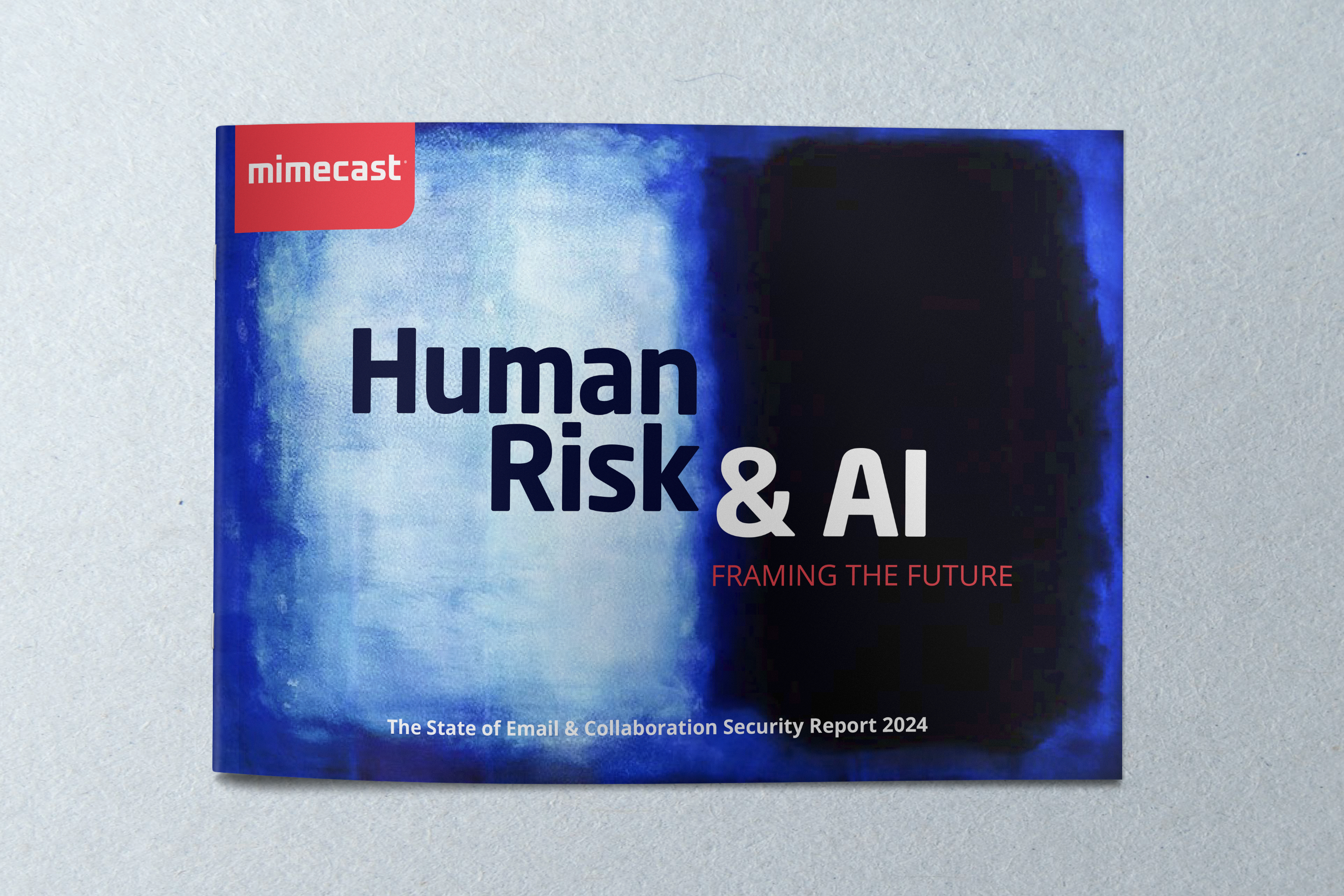Use our free tool to validate your BIMI record in seconds
Brand Indicators for Message Identification (BIMI) is an emerging email specification that enables organizations to lock a brand-controlled logo to an email domain and have it appear on supporting email clients. BIMI adds an important element of trust for these logos and keeps brands in control.
As your brand’s legitimate logo becomes more recognizable and trusted among your audiences, email engagement can increase, and the likelihood of email-borne attacks such as phishing or business email compromise (BEC) will decrease. The end goal is to increase the security and trust of an open, standards-based email ecosystem by building upon the adoption of DMARC on a global scale.
BIMI Results for domain:
Would you like your results emailed to you?
Congratulations!
Your form has been submitted.







